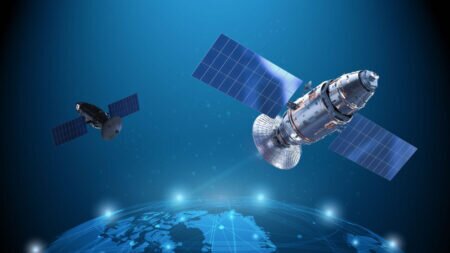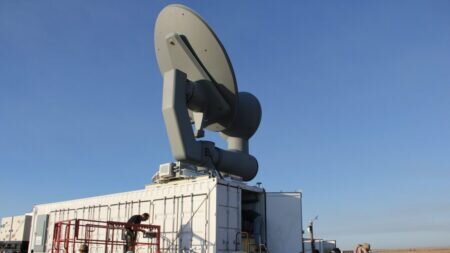A Raytheon BBN-led team received an 18-month DARPA contract to investigate new methods and design practices to support effective human-machine teaming as part of the Enhancing Design for Graceful Extensibility program.
BBN will work to develop human machine interfaces that enable non-expert operators to understand critical system processes; system performance thresholds based on environmental, physical, and software constraints; and the operating context and mission goals.
“This is an exciting opportunity to do both focused human machine interface design work alongside applied research to operationalize the Theory of Graceful Extensibility--the ability of a system to adapt when surprise events push it to its boundaries” explained Jon Sussman-Fort, Raytheon BBN principal investigator. “Our goal is to design a proactive, predictive multi-agent interface system that will reduce human operator workload, increase the number of robots under simultaneous control, and improve system resilience in off-nominal conditions.”
Today’s state-of-the-art modeling plans human interface design after the system is built, making for a more reactive and info-centric environment. By applying TGE at the forefront the team will create a more flexible and adaptive model that can respond better to surprise, in collaboration with human operators.
The team’s approach is expected to improve:
• system performance by using adaptive capacity.
• responsiveness by alerting and orienting operators to potential problems.
• performance by reducing the risk of system failure.
The Raytheon BBN led team includes Mile Two and UMass-Lowell.
The work will be conducted at BBN facilities in Middletown, Rhode Island, Cambridge, Massachusetts as well as at Mile Two facilities in Dayton, Ohio.









